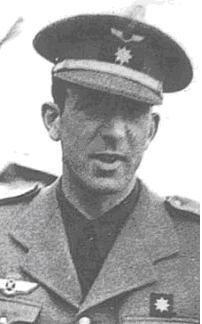
Spanish civil war [1936-1939]

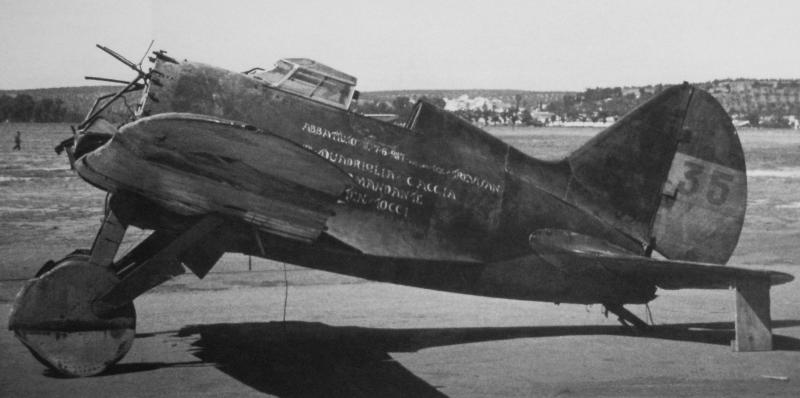
Boot from Ebra

Captain Carlos Bayo Alessandri

Escape from Madrid
In 30 years, the Liaison Regiment was the only unit of its kind in the Spanish army. After the outbreak of the uprising in July 1936, at the last moment he escapes the fate of other Madrid troops who are attacked by militants and their members arrested or, as in many cases, mercilessly executed. The regiment embarks on an adventurous journey, which cannot do without casualties, to join the units of the National Movement in Segovia, alongside which it is set to fight.
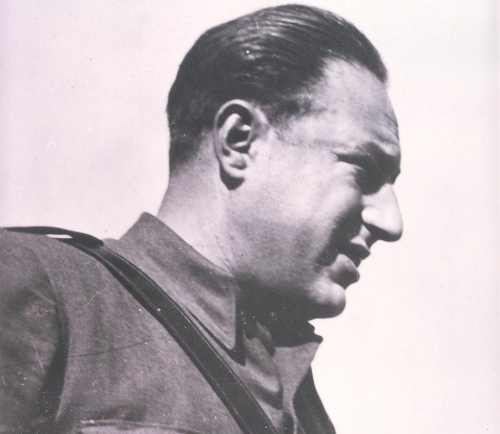
F. Kriegel - politician who saved the Czechoslovak honor (1)
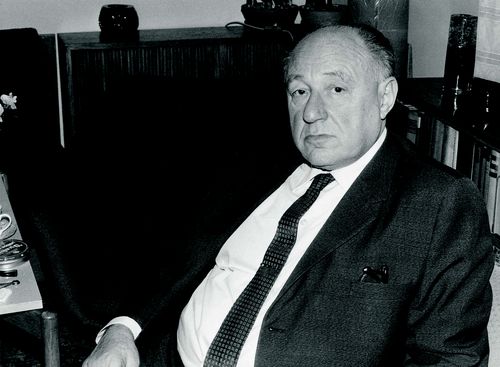
F. Kriegel - politician who saved the Czechoslovak honor (2)

F. Kriegel - politician who saved the Czechoslovak honor (3)

Fascist Spain and Portugal

Fighter Aces Spanish Civil War 1936-39 - Nationalists

Fighter Aces Spanish Civil War 1936-39 - Republicans
Fighter Aces Spanish Civil War 1936-39 - Republicans. Spaniards, French, USA, Yugoslavia, USSR
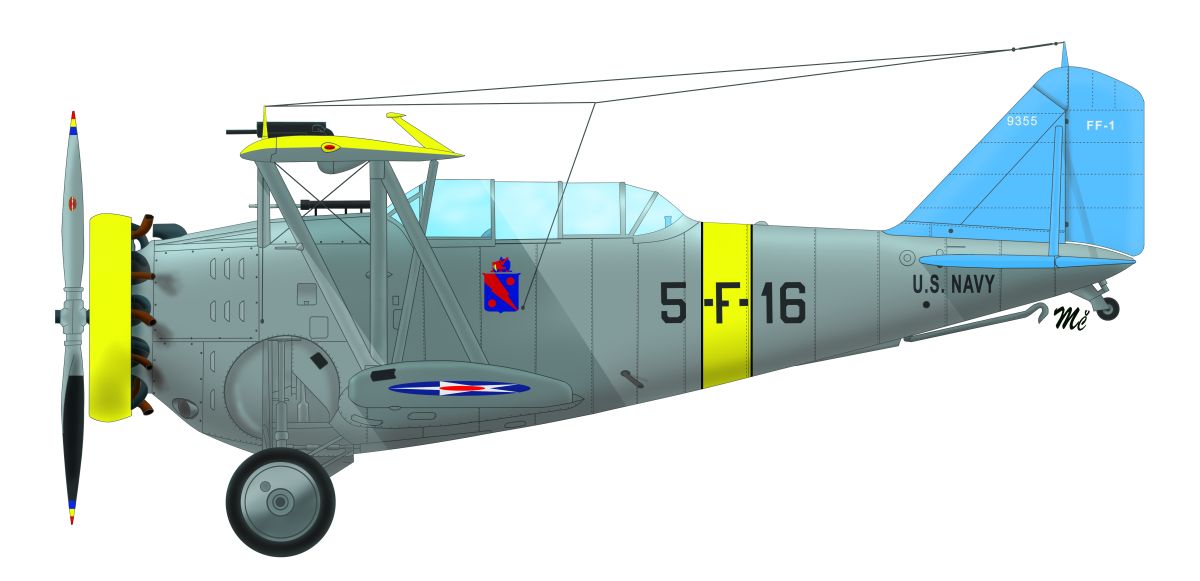
Grumman FF-1, SF-1 and GE-23 Dolphin - part 1
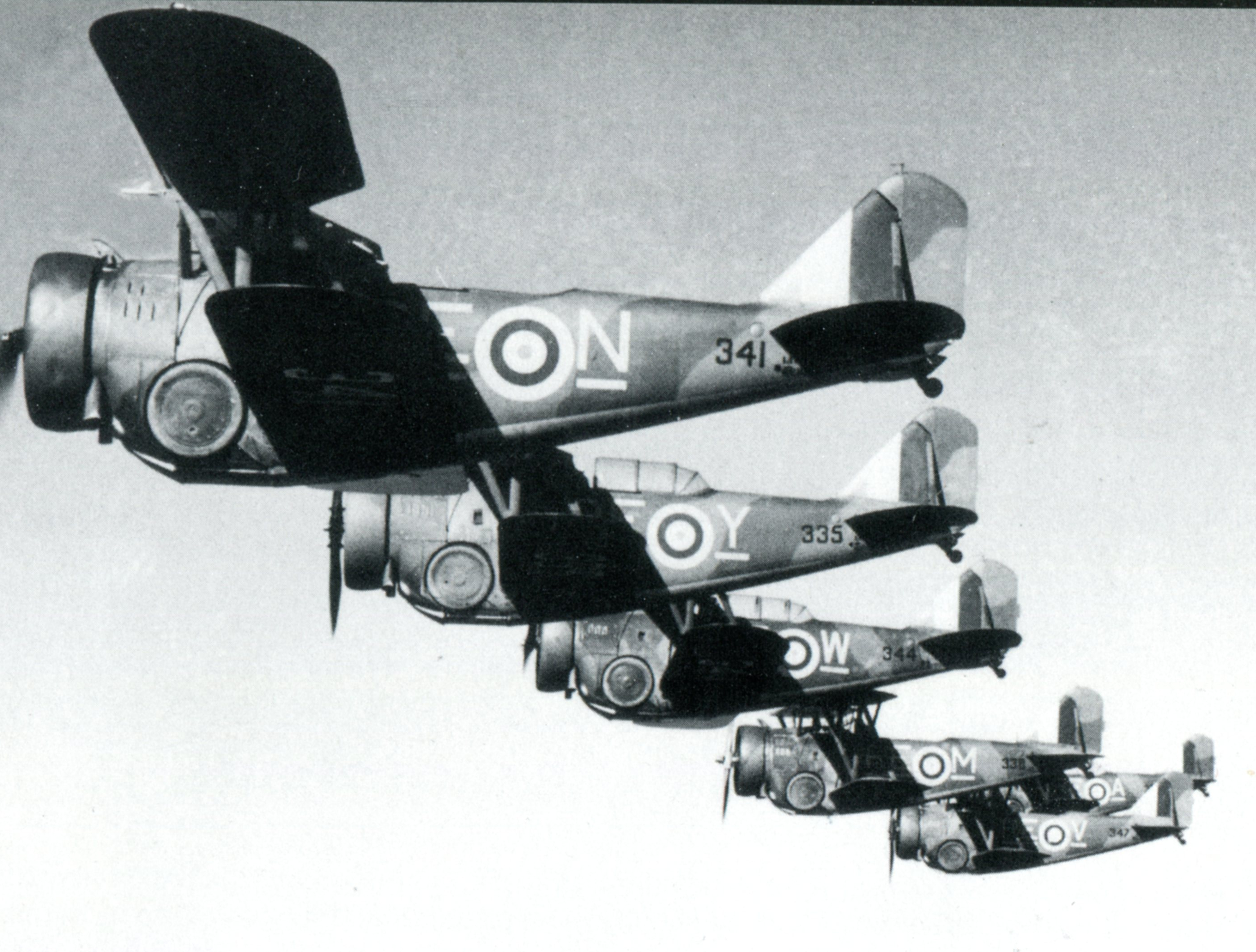
Grumman FF-1, SF-1 and GE-23 Dolphin - part 2
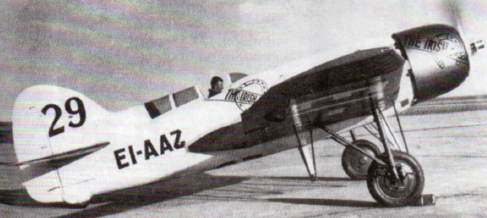
In the Spanish sky - Bellanca 28-70 and 28-90
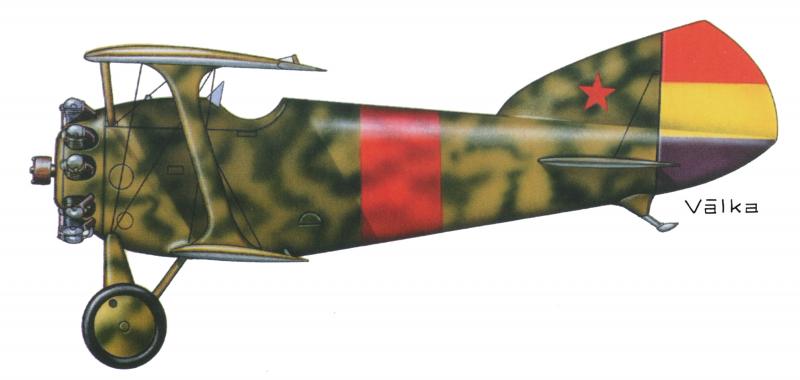
In the Spanish sky - Blériot-SPAD S 51 and S 91

In the Spanish sky - Bloch MB 210
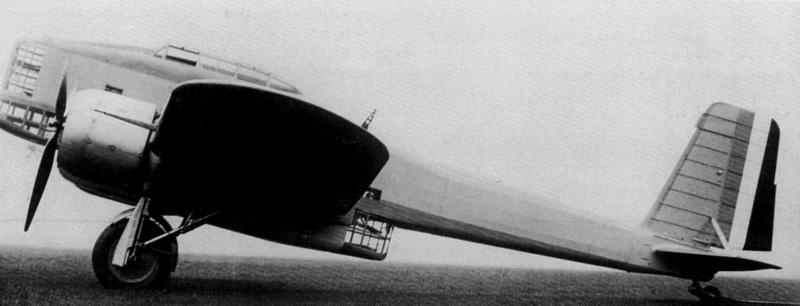
In the Spanish sky - Breguet 460 M5 Vultur
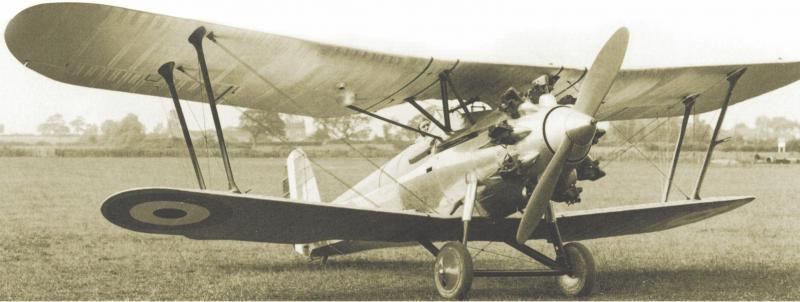
In the Spanish sky - Bristol Bulldog II

In the Spanish sky - Dewoitine D.371

Battles
Join us
We believe that there are people with different interests and experiences who could contribute their knowledge and ideas. If you love military history and have experience in historical research, writing articles, editing text, moderating, creating images, graphics or videos, or simply have a desire to contribute to our unique system, you can join us and help us create content that will be interesting and beneficial to other readers.
Find out more